
In early posts I have proposed a spectrum of organisational forms. With this concept frames the idea that an organisation can become more, or less, Adaptive to match the challenges at hand. This also implies that the teams that make up the organisation can be more, or less, Adaptive.
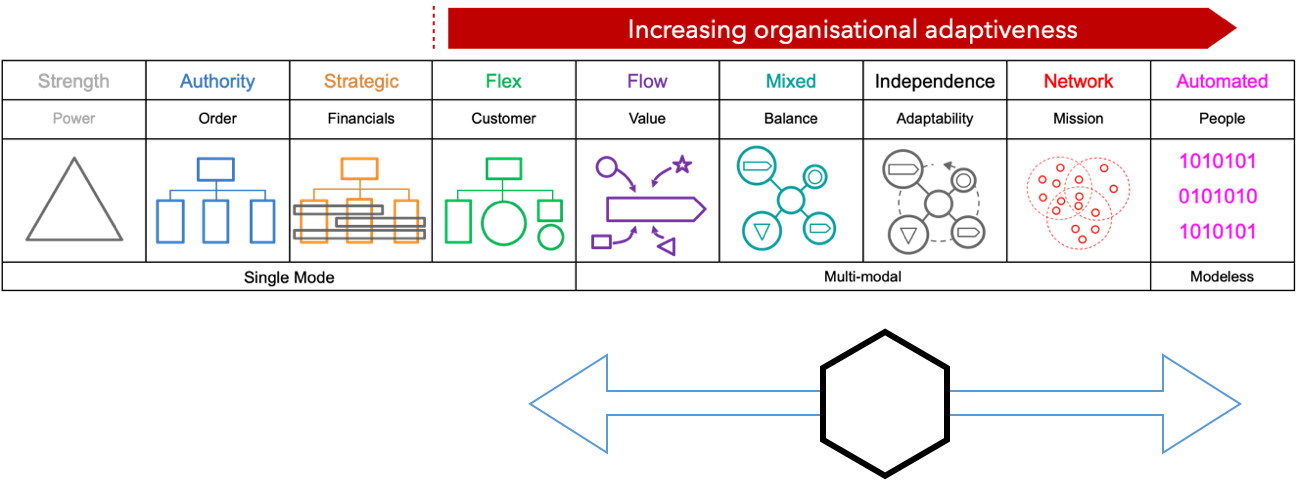 Cells Operate Across the Spectrum
Cells Operate Across the Spectrum
When people think of more Adaptive teams, they often visualise Agile teams, along with the new roles that come with it; titles like Scrum Master and Product Owner. These seems very different from more traditional teams with their Project Managers and Technical Leads. If we have teams of various flexibility within an organisation, does this mean they have different structures and terminology? How can we have a consistent view of teams regardless of their adaptiveness and some common vocabulary?
I don’t think this is an insurmountable problem, if we consider teams at a level higher and see what these various team types have in common. This lead to the idea of Cells.
Cells deliver something of value either internally or externally to the organisation.
Part of what makes organisations increasingly Adaptive is giving Cells more autonomy to grow or shrink, adjust and improve, to start or stop, so our Cell structure must be able to accept increasing decision-making.
All Cells are based on the form of the foundational Cell definition - the Stem Cell.
A Stem Cell defines an empty Cell, the basic organisational building block, which has the potential to be any type of Cell. Capability Areas define abilities that all teams need to operate within an Adaptive organisation, regardless of the level of adaptiveness needed.
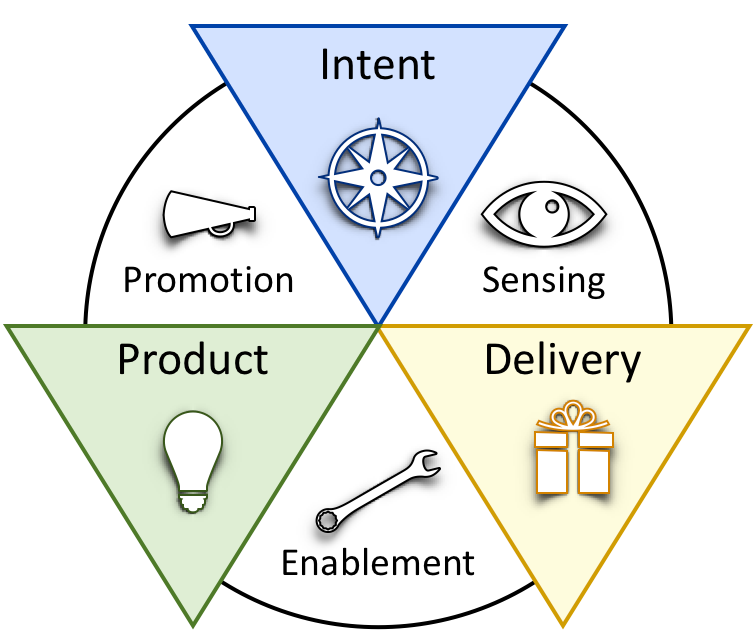 Cell Capability Areas
Cell Capability Areas
The coloured Capability Areas are the critical path, while the others are supporting ones.
Provides clarity around the purpose and value of the Cell:
Defines the items of value to be produced
Produces the items of value:
Interrogates the Cell’s environment and distills relevant data:
Communicate the purpose and value of the Cell both inside, and possibly outside, the organisation and build relationships:
Provide and maintain the environments needed for the Cell to be successful.
Each Cell can contain other Cells, and/or be linked to other Cells in a network. This enables an organisation’s structure to be formed. It is anticipated that the more adaptive an organisation is, the more likely it is to be networked.
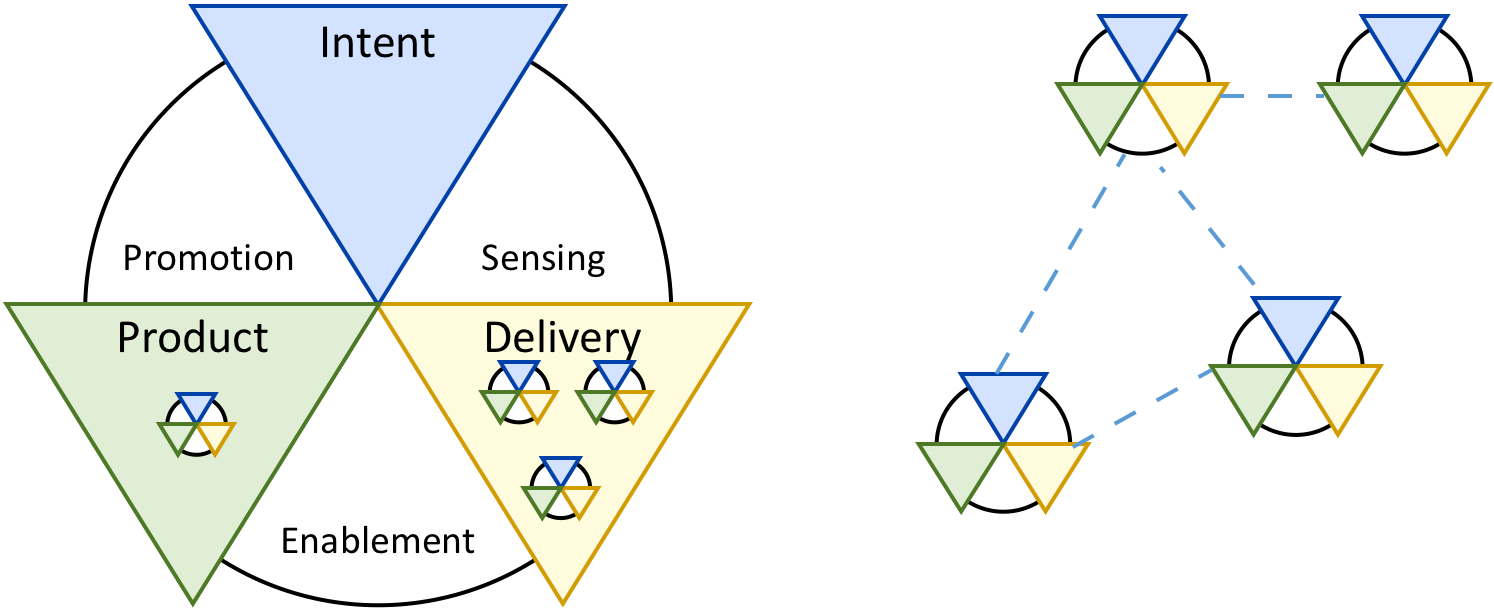 Cells can be Hierachical or Networked
Cells can be Hierachical or Networked
Each of the Capability Areas is bought to life by one or more roles.
 Roles Exist within Capability Areas
Roles Exist within Capability Areas
Cells can adopt the style of operation that suits the type of work that they do.
The roles can be defined to be more hierarchical:
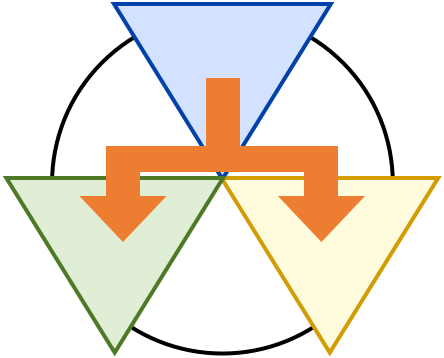 Hierarchical Cell
Hierarchical Cell
Or the roles can be flatter, more a team of equals:
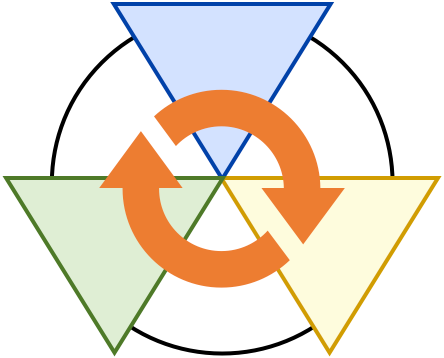 Cells of Equals
Cells of Equals
The less Adaptive an organisation is, the more likely it is to employ a hierarchical style. As Adaptiveness increases, the more an organisation would look to adopt a flatter, more agile style, although they will still deploy hierarchical styles when it makes sense to do so.
The names, responsibilities and style of roles is dependent on the desired style of operation.
The more hierarchical the organisation, the more ‘traditional’ the roles tend to be: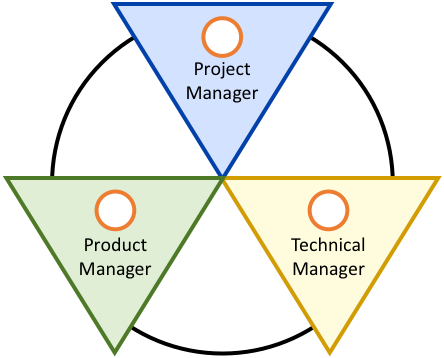 ’Traditional’ Roles
’Traditional’ Roles
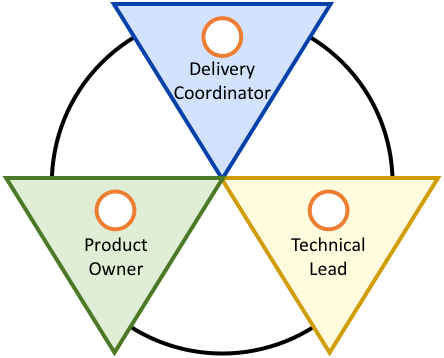 Agile Roles
Agile Roles
Since around 1970 organisations started placing the stakeholders first. More recently most Agile approaches talk about ‘customer first’ or ‘placing the customer at the centre of everything we do’. A number of organisations now put employees first, with the beliefs that happy, motivated and purposeful employees will serve the customer better. So which is it - stakeholder first, customer first or employee first? In reality this is a false dichotomy as all are important to a successful organisation. Cells always have an element of serving each interest group, but each has a main focus - all Cells deliver something, but they vary on who their customer is.

While many Cells have an element of strategy, there is likely to be one Strategy Cell. Strategy Cells are concerned with the purpose and viability of the organisation, or part thereof, within its remit. A company’s board can be viewed as a Strategy Cell. These are stakeholder focused

Delivery Cells deliver customer product, or parts of customer products. These are the Cells that bring income into the organisation. These are customer focused
These Cells provide the tools, skills and pastoral care to enable people to realise their purpose. These are employee focused
##Intertwined Structures We now have have intertwined organisational structures:
 Intertwined Structures Intertwined Structures
Intertwined Structures Intertwined Structures
There are three basic Delivery Cell types:

Deliver customer product or service. This may be wholly the work of the Cell, or it could be from assembling components

Create components used by one or more Value Cells. These Cells do not own the customer relationship but do own any supplier relationships they need

These enable the Cells to keep aligned in approach and purpose. Typically Practice Cells members are not full-time; the Cell provides a structure for meetings and understanding exchange. For instance, if there is an technical architecture Cell, there may be a full-time enterprise architect whose home Cell is the Practice Cell, but other members home Cells are the Delivery Cells.
There are four basic types of Talent Cells. They are concerned with either helping people develop and grow, and encouraging people to understand a range of topics important to those within the organisation, and the organisation itself.

These Cells ensure that the right skills are developed and maintained within the organisation to enable it to achieve its purpose. Possible Cells could cover:
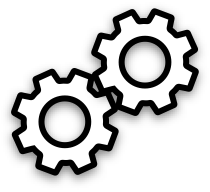
Provide services to the other Cells. These services could include IT and facilities.

Focused on looking after people and their personal development. Possible Cells could cover:

Provide the ability for people to create groups around particular interests related to the mission of the organisation or wellbeing. Examples could be:
In a subsequent post, I will outline what the critical path capability areas processes could look like.